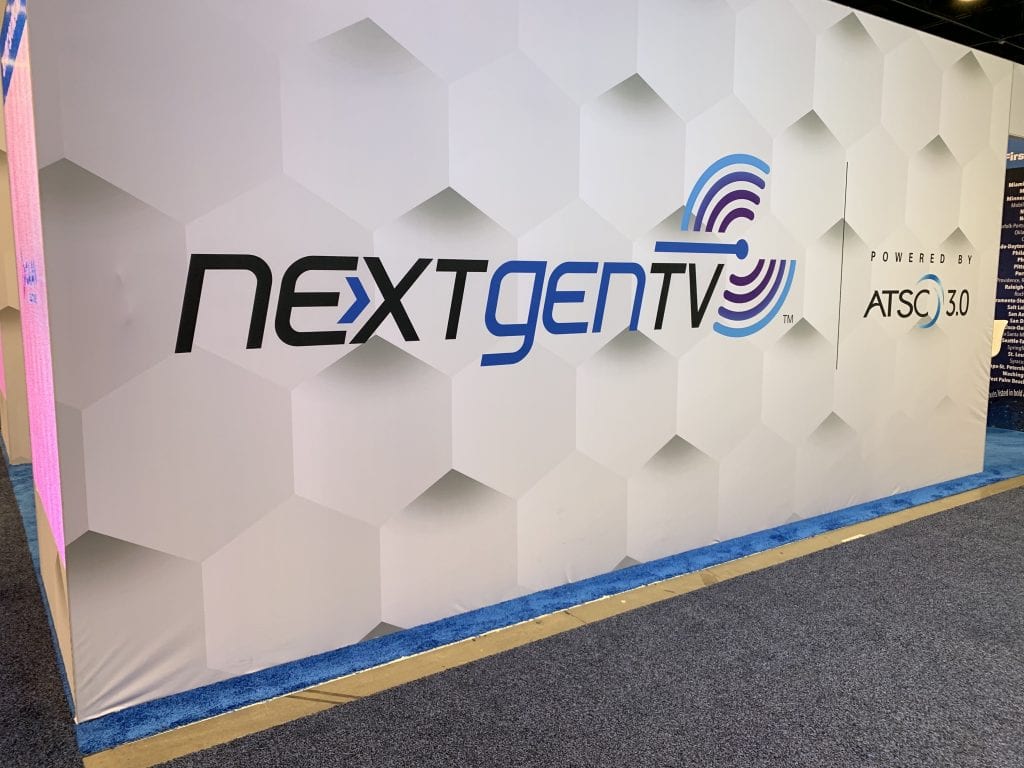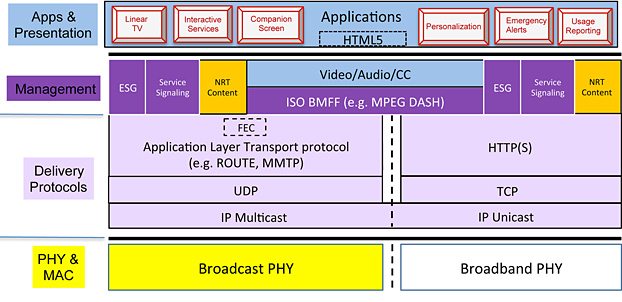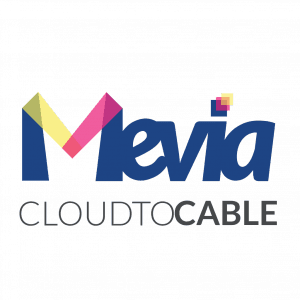Introduction
I will discuss what I learned about ATSC 3.0 at CES 2020. Surprisingly, this technology compares and matches “Cloud to Cable” patents and claims.
ATSC 3.0 and NextGENTV were the main attractions at CES 2020. I attended CES 2020, and it was awesome, you can check out TECHEDTV for more videos . CES stands for the “Consumer Electronics Show” and this show is held in Las Vegas, NV ( =from 7th January, 2020 to the 10th).
Hence, for a few days, the “Las Vegas Convention Center” and other locations become a technology Mecca of the world.
ATSC 3.0 and NextGENTV were notoriously important at CES 2020 Just last week, I visited several booths with 8K TVs and ATSC 3.0 receivers. The image quality is just amazing, The NEXTGENTV’s or ATSC 3.0 standard is what powers this new experience.

ATSC 1.0 is the first version of the technology that brought high-definition broadcasting. HD TV is done in 720p and in a few cases in 1080p formats, the old standard was implemented using a video encoding technique called MPEG-2 which is made by the Motion Pictures Expert Group or MPEG.
In a way ATSC 3.0 is a major evolution from ATSC 1.0 to what is called today, as what ATSC 3.0 brings is, web apps over the air. Yes, you heard it, your television set will connect to an IP-based link over your rabbit ears at home and will then display web widgets, video, and audio at customization levels that have been unheard of today.
ATSC 3.0 or NextGenTV fixes ancient broadcasting technology by:
- Adding an IP-layer of broadcasting to your TV set, in other words, your TV will be connected to an internet link
- Each stream will include customization for audio, videos or multiple video streams, and basically you will be able to see what the CBS Application will display in your iPad, but on your TV.
- The Broadcasting platform renders all the web widgets, video, and audio in your television set.
- The video quality will be in 4K, which is much higher than most HD TVs out there , and indeed better quality. The audio as well will include Dolby AC-4 that support surround sound and many other sophisticated features including multiple audio programs.
In may ways ATSC 3.0 comes to compete with Cable TV and Satellite, and potentially with many “Over-the-Top” offerings, as you could in general also download customizable content to your TV using the broadband network.

Source: https://www.atsc.org/wp-content/uploads/2016/01/Fig3.jpg
In summary, the figure above shows that the applications are written in HTML5 and that all that connects Video, Audio, or Close Captioned in multiple forms and is ready for broadcasting.
The MPEG or DASH, encodes the video audio and HTML, and uses MMTP and ROUTE protocols for an UDP multicast or unicast, as it can also service the same content using HTTP.
MPEG or Multimedia Multiplexing Transport Protocol (MMTP) is a MPEG standard. It consists of Media Processing Units (MPUs) wrapping ISO Base Media File Format (BMFF) files with metadata for broadcast delivery.
And ROUTE which is another protocol is defined as:
ROUTE is Real-time Object delivery over Unidirectional Transport. It allows for a source and a repair stream in the ROUTE environment.
Moreover, these two protocols offer a multicasting system for over-the-air broadcasting, which resembles what you see on Cable TV and Satellite systems. In deed, the ATSC 3.0 ‘specification includes and defines ways to use multicasting address as 239..*.*.*, that are out of the scope of this document.
Cloud to Cable Patents and ATSC 3.0 or NextGenTV
Interesting enough to say is that the US patents 10,123,074 and US Patents 10,524,002 cover all aspects of ATSC 3.0.
As a consequence, I will not go into great deal but in comparison, we can review the specification of my patents and the claim language. As a rough summary:
- ATSC 3.0 renders a webpage and creates temporal screens
- ATSC 3.0 uses a multicast and unicast Transport to transmit the stream
- Audio and video and html are all rendered simultaneously
- ATSC 3.0 embeds metadata in the MMTP or MPEG stream
- Encoders and software elements are embedded at the tower for broadcasting
- Cloud to Cable renders a page and create temporal screens of he rendered pages.
- Cloud to cable uses a multicast and unicast methods to transport the stream.
- HTML, video, and audio are all rendered simultaneously
- Cloud to Cable TV also does embeds metadata into the MPEG packet
- Cloud to Cable TV places an appliance that broadcasts all signals to the clients
Time needed: 2 hours and 30 minutes.
How Cloud to Cable TV works
- TV Channels as Web Pages
In ATSC 3.0 or NextGenTV, and on CloudtoCable TV, TV channels are web pages that are rendered and broadcasted as MPEG frames on multicast addresses or unicast addresses over HTTP.

- Broadcast and Unicast Streaming
Broadcasting can be done to a Cable TV system or a broadcast station.
I still do not know how ATSC 3.0 and Cloud to Cable TV will interact, however it is more than clear to me that:
- Cloud to Cable is ready for ATSC 3.0 or NextGenTV
- Cloud to Cable is more advanced than ATSC 3.0 as it also brings virtualization to the mix.
